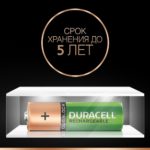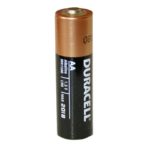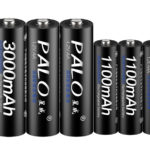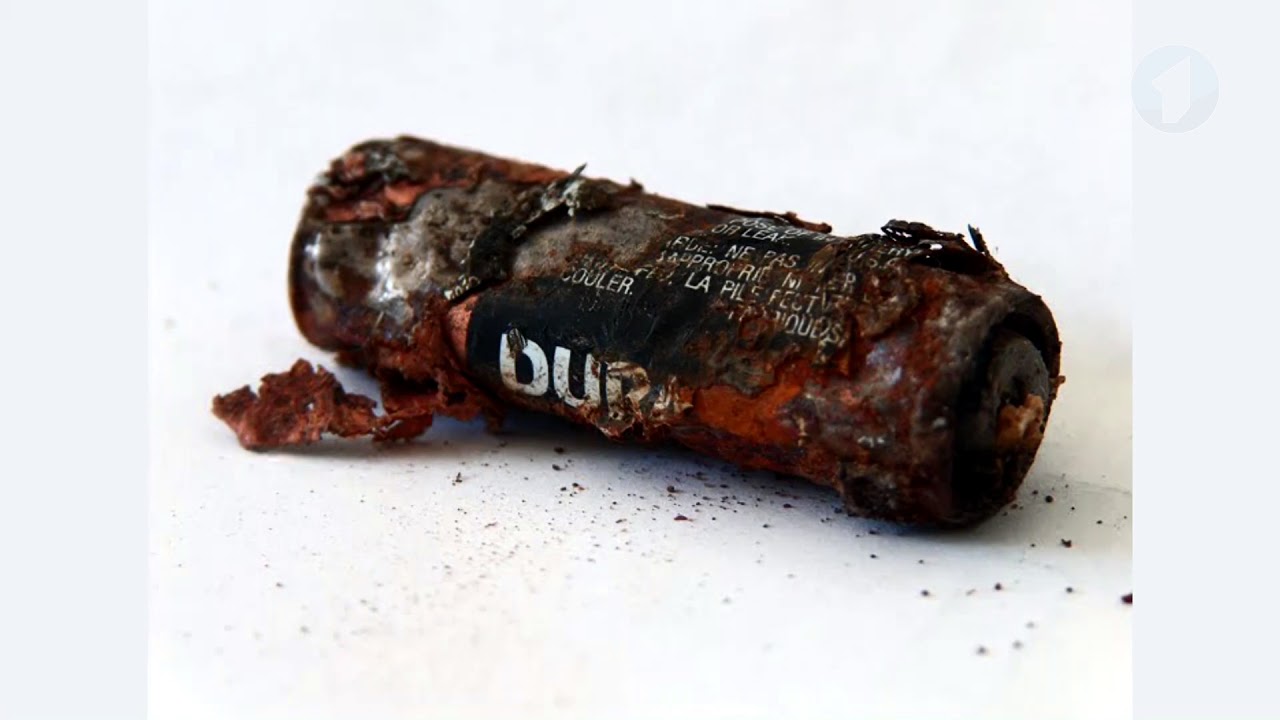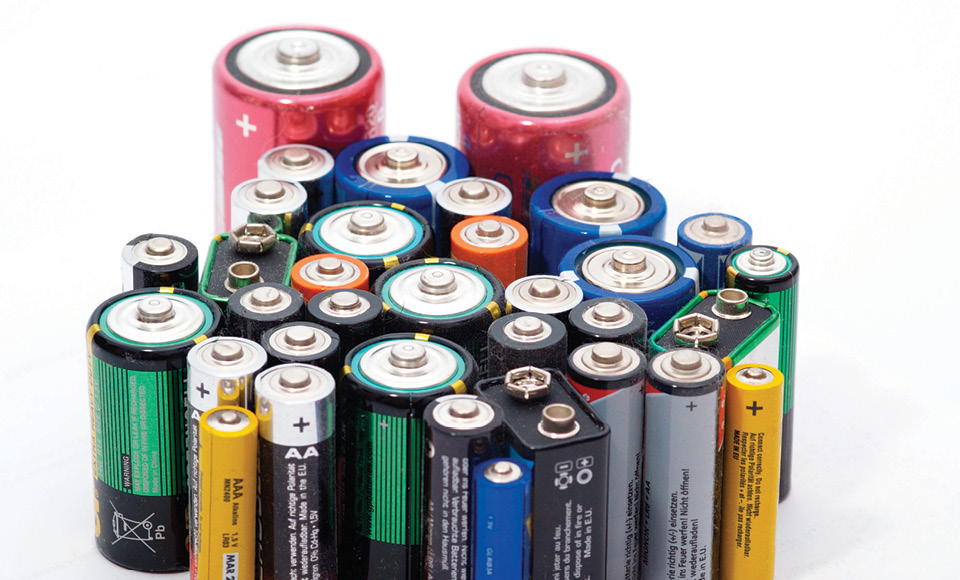Which batteries are better - Duracell or Energizer?
Cola or Pepsi? Marvel or DC? iPhone or Android? Our life is full of confrontations between brands, each of which strives to gain greater popularity among consumers. In this article we will talk about the eternal competition between two, perhaps, the most popular battery manufacturers in the world: Energizer and Duracell, get acquainted with the closely interconnected history of both companies and finally try to understand whose products are better.
The content of the article
The Tale of the Pink Rabbit
To begin with, it is worth taking a trip to 1973, when it became possible to see the first advertisement promoting the Duracell brand on television. At the same time, the company’s marketers took as a basis the structure of the plot of the video, which can be traced in almost all of the company’s advertising videos: a pink rabbit, “powered” by a company battery, is compared with other rabbits, who only have batteries from “other manufacturers”. The advertising turned out to be commercially successful, the company's sales began to climb, and management took the idea of a commercial that would consistently increase consumer interest.
The first response from Energizer was not exactly quick: the video, ridiculing the very first video of its competitors, was released already in 1989. Nevertheless, the company’s management decided on a rather bold criticism: in a pleasant voice-over in the promotional video it was said: “One manufacturer claims that its batteries work better than others. You might think they're even more effective than Energizer, but that's not true."
Interesting! The released video was to the taste of the viewer: people appreciated the careful hint towards the company’s direct competitors, and public interest in the brand’s products increased. Energizer management decided to continue using the pink bunny image in their advertising videos.
This is how the confrontation between brands began. To be fair, Energizer was the first company to trademark the pink bunny. Having learned about the machinations of competitors, Duracell did the same.
In 1992, the companies had to make peace: during one of the meetings, the managers concluded an official document, according to which only Energizer could use the “common” symbol in Canada and the United States as a trademark, and in all other countries Duracell received freedom.
Since the nineties, brands began to develop separately from each other. The duracell rabbit underwent a better “evolution”: it became more like a cartoon character, acquired its own character traits, and in advertising began to appear to the viewer as a regular winner of various races/races/swims and a purposeful athlete.
As for the Energizer bunny, there were no such significant changes: it remained only a wind-up toy, powered by battery-powered mechanisms. Nevertheless, the company's PR department continued to look for successful advertising ideas: for example, in 1994, when the whole world was going crazy for Star Wars, the company released an ad in which a toy rabbit fights Darth Vader himself and wins because he The battery lasts longer than those found in a Sith lightsaber.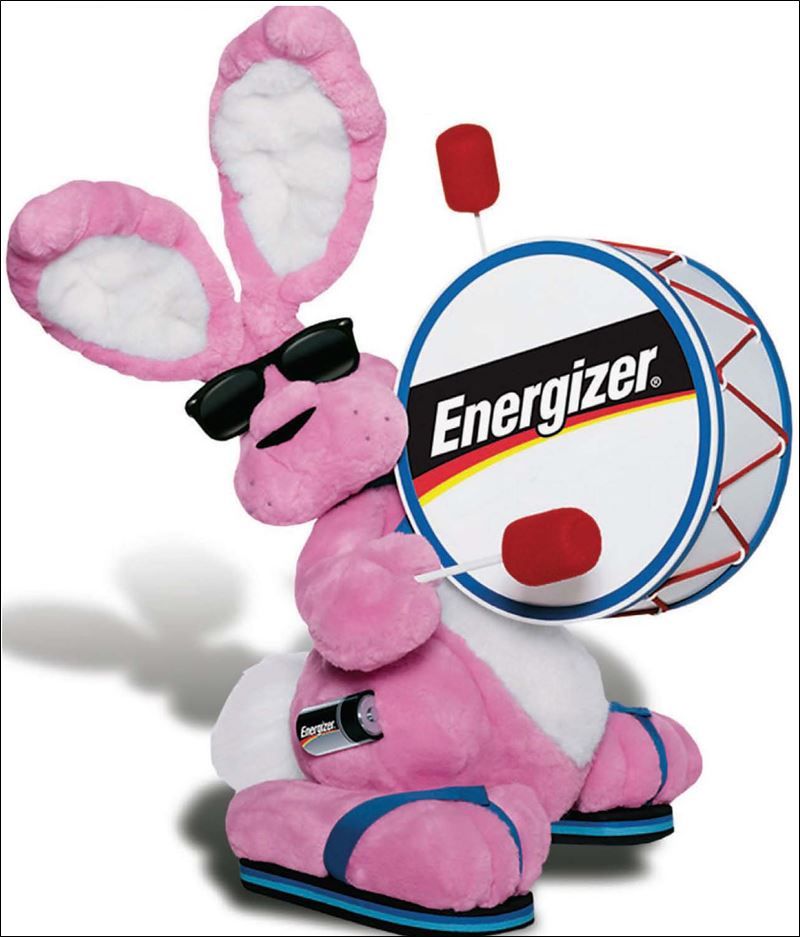
Interesting! The Energizer Bunny is the second most popular rabbit in the United States after the famous Bugs Bunny.
The last major dispute between the companies was the 2016 lawsuit filed by Energizer against its direct competitors. The company managed to win the case, but sales in the United States spoke for themselves: 46.8% of the market belonged to Duracell. Perhaps in the future a more successful brand will be able to “absorb” another, as often happens in the field of large business.
Which batteries are better?
Advertising always looks promising, but what do real tests say? As practice shows, the real demand for batteries from Duracell in the USA and many others fromcountries of the world - not only the resultsThis is a result of a successful advertising campaign, but also a consequence of the fact that the batteries from this company are of higher quality.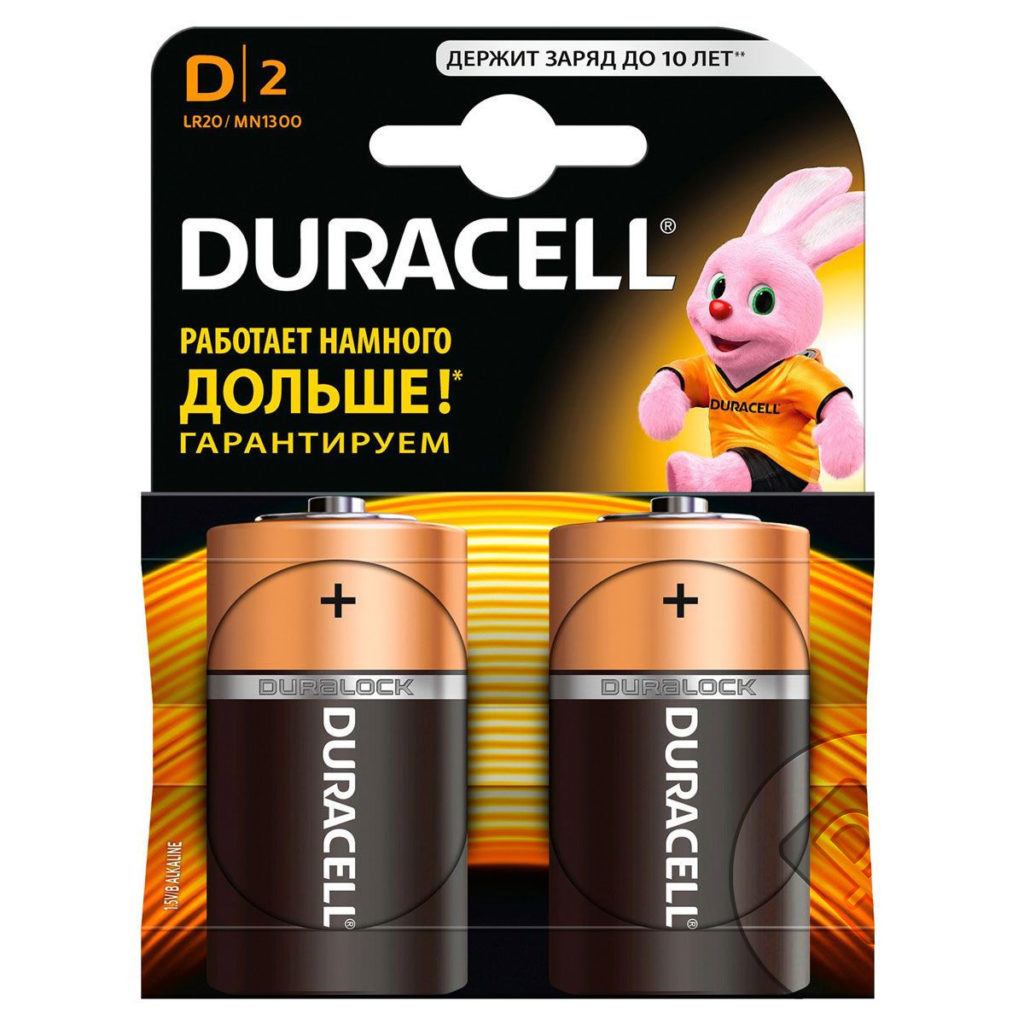
Reference. In terms of capacity, most salt cells are on average three times less effective than alkaline ones (even their most budget-friendly variations).
If we compare AA batteries by their capacity, the obvious leader is Duracell Turbo Max with its 2273 mAh. The second “rabbit” this time is noticeably behind: only 1992 mAh. The batteries were tested at an average voltage of one and a half volts, but the cost per ampere hour in this case does not speak so clearly about the market leaders.
The fact is that batteries from Duracell and Energizer, although quite popular on the market, are sometimes 2-4 times higher in price than conventional batteries. This can be partly explained by the increased capacity, however, given the fact that such an element costs several times more than virtually any others on the market, purchasing it simply becomes unprofitable even if the battery lasts longer.The price-quality ratio looks more optimal even with domestic batteries like “Era”, “Photon” or “Cosmos”.
So, we looked at the history of competition between two famous brands, and also assessed the quality of their products. What conclusions can be drawn from this and whether it is worth overpaying “for the brand” even if its products are of slightly higher quality – only the buyer himself can decide.

